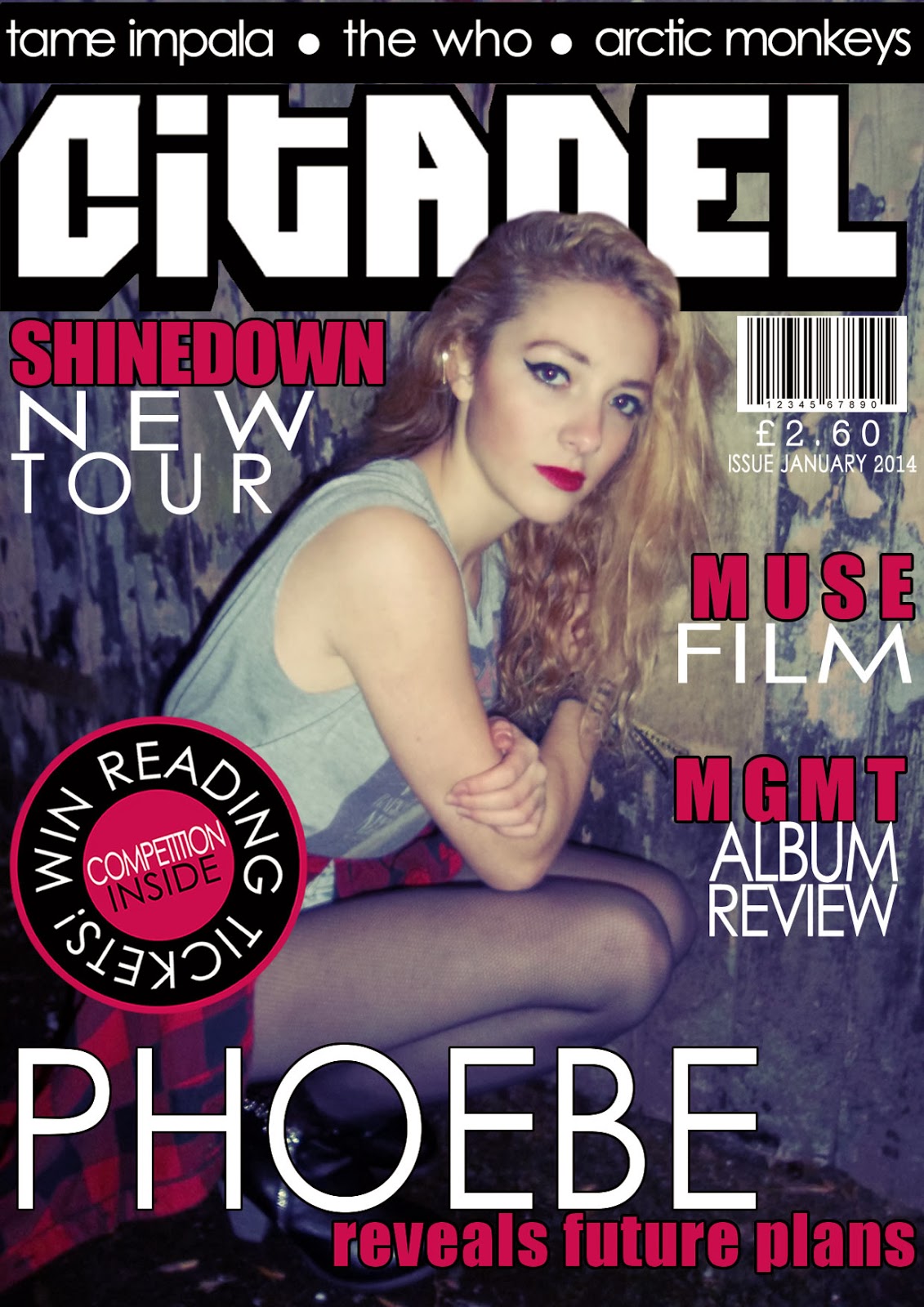My School Magazine


My Music Magazine


I feel I have learned a variety of skills in the progression from creating my school magazine to making my music magazine. I first had to identify the target audience of my school magazine. Although I originally thought the answer would obviously be students attending the school, upon thinking more deeply, I realised that parents of students and staff working at the school would likely also be interested in reading the magazine. Therefore my primary audience consisted of pupils attending the school, and my secondary audience consisted of staff and parents of pupils. In the progression from my school magazine I learned how to create a questionnaire to identify my target audience. In the process I learned about the JICNAR Scale, which defines where my target audience is in society and which demographic they're from. My target audience is in Group E, as the majority consists of students.
Since the creation of my school magazine I have learned how to further apply the codes and conventions of music magazines to my own product. For instance, the front cover I have chosen as the final one for my school magazine features two people, neither making eye contact with the camera, whereas my music magazine's final front cover features the subject looking directly into the camera and therefore appealing more to the target audience. I have also utilised house style and colour schemes in my music magazine to attract the target audience. In my school magazine's front cover the font, masthead and headline overpowers the image, so the visual syntax doesn't focus on the two subjects, whereas in my music magazine the main points of focus of the visual syntax are my masthead, the subject of the image and the main headline. There is also more room for straplines and coverlines due to there only being one subject.
In the production of music magazine I learned how to focus on specific parts of the product to create more detail, as shown in the contrast between my school magazine contents page and my music magazine contents page. I have also learned how to create a brand name for a music magazine with the correct connotations for the genre to attract the right target audience. Here are the mastheads I created for my school magazine:

In comparison to my school magazine masthead ideas, I feel a lot more thought went into the music magazine mastheads - e.g. whether the font was Serif or Sans-Serif, whether it would attract my target audience, whether the brand name had the right connotations behind it, etc. It was between the brand names, 'Bulwark', 'Thrive' and 'Citadel'. I felt 'Thrive' was a very generalised brand name for a music magazine as it could easily be the name for a pop magazine as well as a rock one, whereas the connotations behind 'Bulwark' and 'Citadel' are ones of strength and empowerment, which suits the rock genre much more. They also were both unusual enough words that it suggested that the genre would be alternative rock, rather than with simple rock music magazine names such as 'Mojo' and 'Kerrang', which are blatantly rock magazines, shown just by the brand names. These would reach a wide and general target audience, whilst I was looking for a niche target audience.



I eventually settled on 'Citadel', as I felt 'Bulwark' would not be as catchy or memorable as it is not as commonly used as 'Citadel', and would have also put the target audience off from buying my product - whereas with my school magazine, I already knew it was for a secondary school, and I knew the school uniform's colour scheme, so it was relatively easy to imitate the colour scheme. Producing an entirely new colour scheme for an alternative rock music magazine was more difficult, in comparison.




.png)
.jpeg)
.JPG)
.jpeg)

.jpeg)














